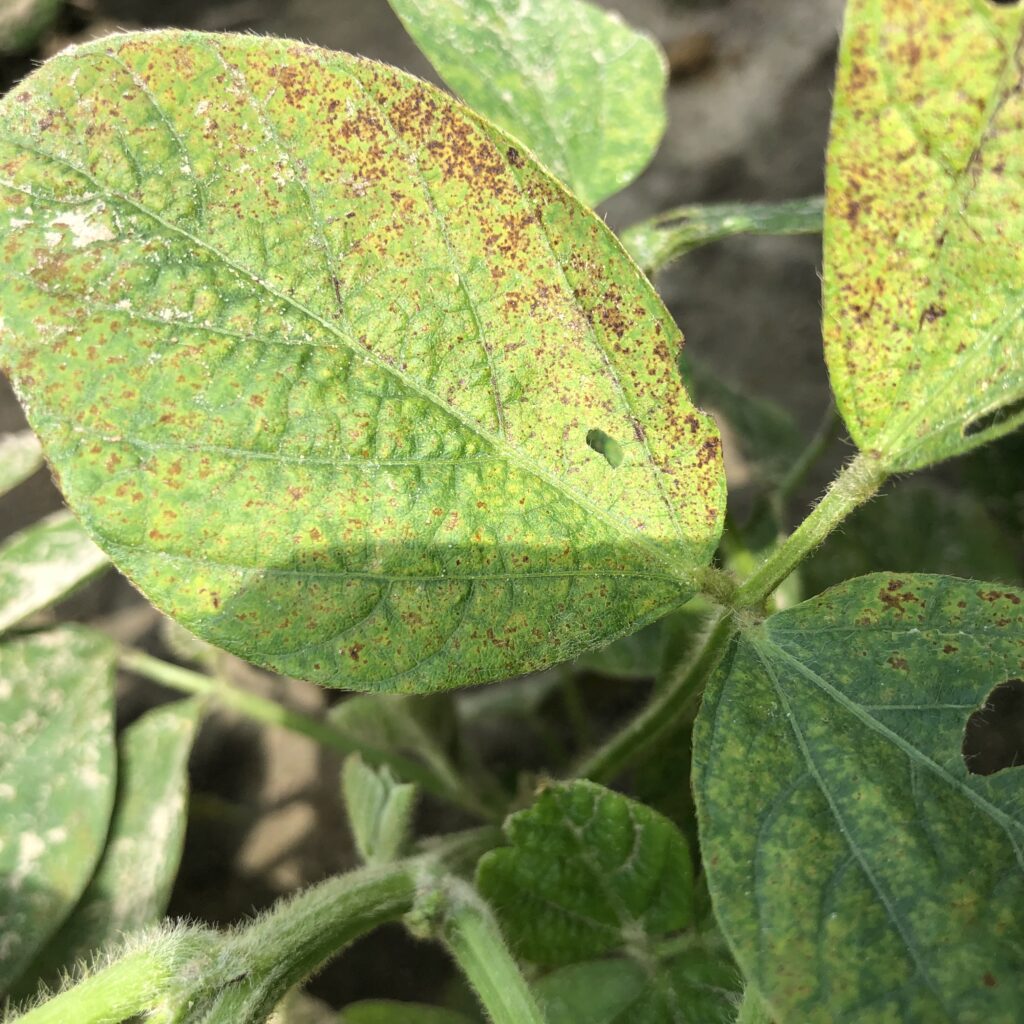Know Your Numbers on Animal Waste
go.ncsu.edu/readext?966989
en Español / em Português
El inglés es el idioma de control de esta página. En la medida en que haya algún conflicto entre la traducción al inglés y la traducción, el inglés prevalece.
Al hacer clic en el enlace de traducción se activa un servicio de traducción gratuito para convertir la página al español. Al igual que con cualquier traducción por Internet, la conversión no es sensible al contexto y puede que no traduzca el texto en su significado original. NC State Extension no garantiza la exactitud del texto traducido. Por favor, tenga en cuenta que algunas aplicaciones y/o servicios pueden no funcionar como se espera cuando se traducen.
Português
Inglês é o idioma de controle desta página. Na medida que haja algum conflito entre o texto original em Inglês e a tradução, o Inglês prevalece.
Ao clicar no link de tradução, um serviço gratuito de tradução será ativado para converter a página para o Português. Como em qualquer tradução pela internet, a conversão não é sensivel ao contexto e pode não ocorrer a tradução para o significado orginal. O serviço de Extensão da Carolina do Norte (NC State Extension) não garante a exatidão do texto traduzido. Por favor, observe que algumas funções ou serviços podem não funcionar como esperado após a tradução.
English
English is the controlling language of this page. To the extent there is any conflict between the English text and the translation, English controls.
Clicking on the translation link activates a free translation service to convert the page to Spanish. As with any Internet translation, the conversion is not context-sensitive and may not translate the text to its original meaning. NC State Extension does not guarantee the accuracy of the translated text. Please note that some applications and/or services may not function as expected when translated.
Collapse ▲According to the Pitt County Soil and Water Office, there could be as many as 8 waste lagoon closures over the next 12 months. For these operations, this means that solids and effluent will need to be removed and land applied in a responsible manner.
Before you agree to the application of livestock waste to your farm in an effort to cut fertilizer costs, there are some things that you need to know. Specifically, while these applications can be used to provide essential nutrients to crops, it is important to know that the nutrient and heavy metal contents in these materials. This information is available by taking a waste sample and having it analyzed through the NCDA&CS Agronomic Division in Raleigh. There is a fee of $8 for this analysis.
According to Dr. Stephanie Kulesza, Assistant Professor & Extension Specialist (Nutrient Management & Animal Waste), “Waste analysis sample results are usually available in less than a week and provide valuable information regarding not only the nutrient content of macronutrients such as nitrogen, phosphorus, and potassium but also micronutrients such as zinc and copper. These waste reports are critical to understand how much waste can be applied and also estimate how zinc and copper levels will be affected on your farm. Over application of zinc and copper can reduce farm productivity in the years to come if these numbers are not known. It is also important to have a plan or agreement with the owner or applicator should something go wrong on your land.”
Waste sampling procedures and supplies are available through your local Cooperative Extension Center.





